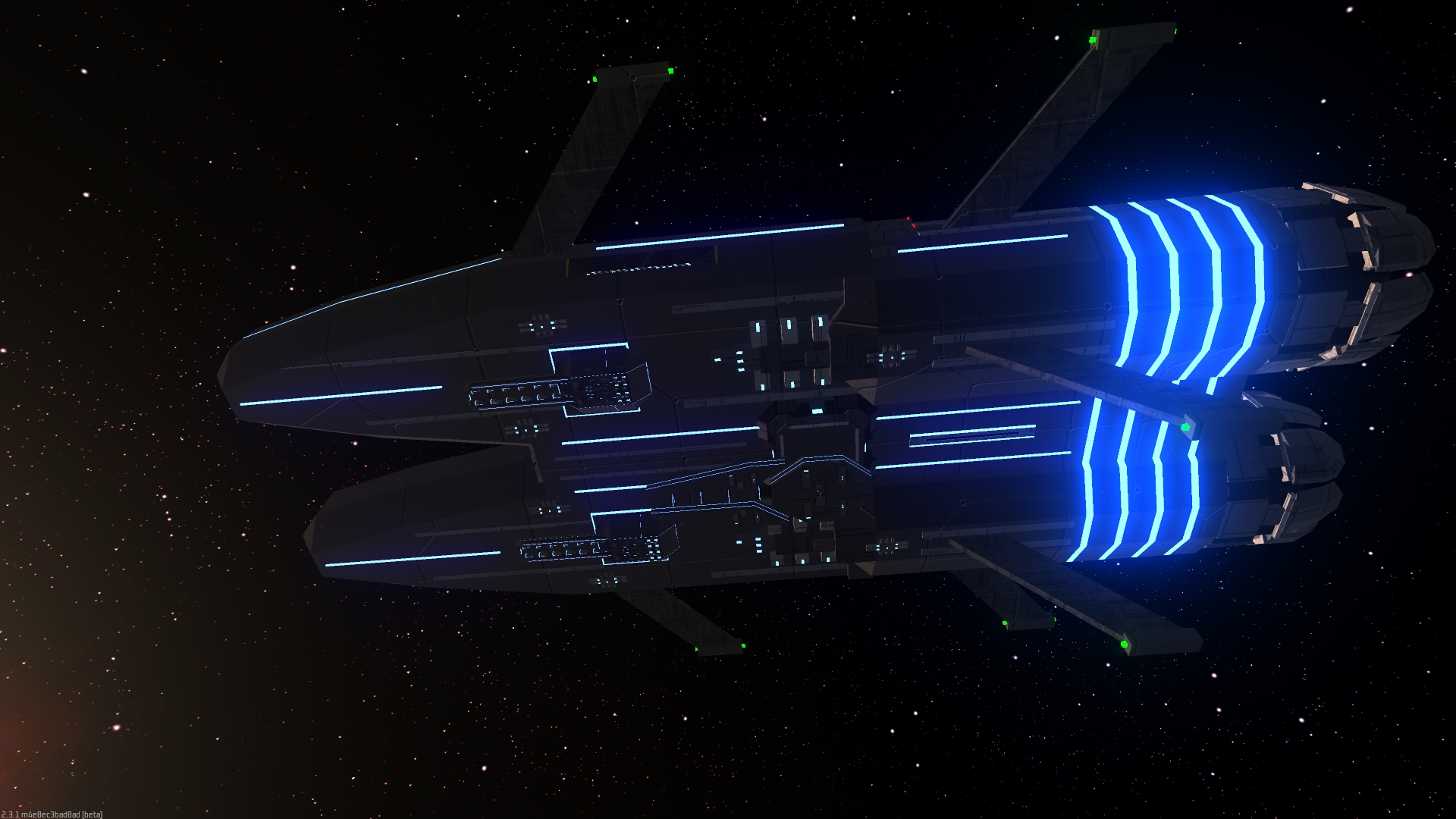Battle of Zar Belt
Contrary to it's name, the battle of the Zar Belt was actually a war over the Zar Belt. In order to truly unify, the 2 largest nations of the Zar belt fought each other to conquer the other. As this war was fought entirely in space, and almost entirely within the Zar asteroid belt, it was fought mainly with bioships, though infantry was also often supporting them. Bioships designed for use within the Zar belt tend to have thinner armour and designed to evade incoming asteroids. These bioships were also often used to ambush enemies, so scouting teams became very important in war. Some purposed organisms were designed to eat bioships from within asteroids.
At the eve of the war, one nation held about 60% of the belt and the other nation held the rest. Much like the Battle of the Giants of the Unification War, this war would be the largest ever seen by the belt at the time. However, it would be the 40% nation that would win, due to having more resources devoted to its miltary, and they were on the offensive. Although millions of lives were lost on both sides in no easy struggle, the belt would be made mostly peaceful after the war.
The initial invasion saw the deployment of a large number of heavy, battleship-like bioships outside of the asteroid belt allowing for artillery support, the battleships being well armoured enough to withstand some heavy fire. Sometimes, these battleships would fight each other as one nation tried to copy the idea. At long range, the battleships had time to activate CIWSs and destroy any large enough weapons that might threaten the battleship at short range. This would also mean that it's weapons had line of sight to more areas of the belt. Smaller bioships were used to break enemy formations directly as the smaller, more nimble design favoured this role better than the battleships which could be flanked more easily from the asteroids.
The war was significantly prolonged at the battle of section 23. The defending nation hid multiple powerful fortresses within asteroids, and these fortress-organisms ate a number of bioships. This has caused the defending nation to go on the offensive for a number of years but due to the offensive nation's highly aggressive doctrine, they managed to retake the offensive despite having lost a significant military force. The asteroid organisms were avoided, and the offensive nation bypassed the area. The defenders would attempt this strategy using the fortress-organisms multiple times, to far less success because the offensive nation was now better prepared.
Harkas infantry had a role in the war. They have a relatively small heat signature, more consistent with fauna, making them more difficult to detect. They could also be used in larger numbers due to their small size and thus lower food requirement. They could wield a range of weapons, and if these were powerful enough they could harm bioships, especially a squad of them. Both sides also deployed purposed organisms repurposed from harkas natural predators (from before the harkas obtained advanced bioengineering) to counter enemy infantry. Counters to these also developed, and by the end of the war a battle could resemble a large ecosystem of many creatures being eaten.



Comments